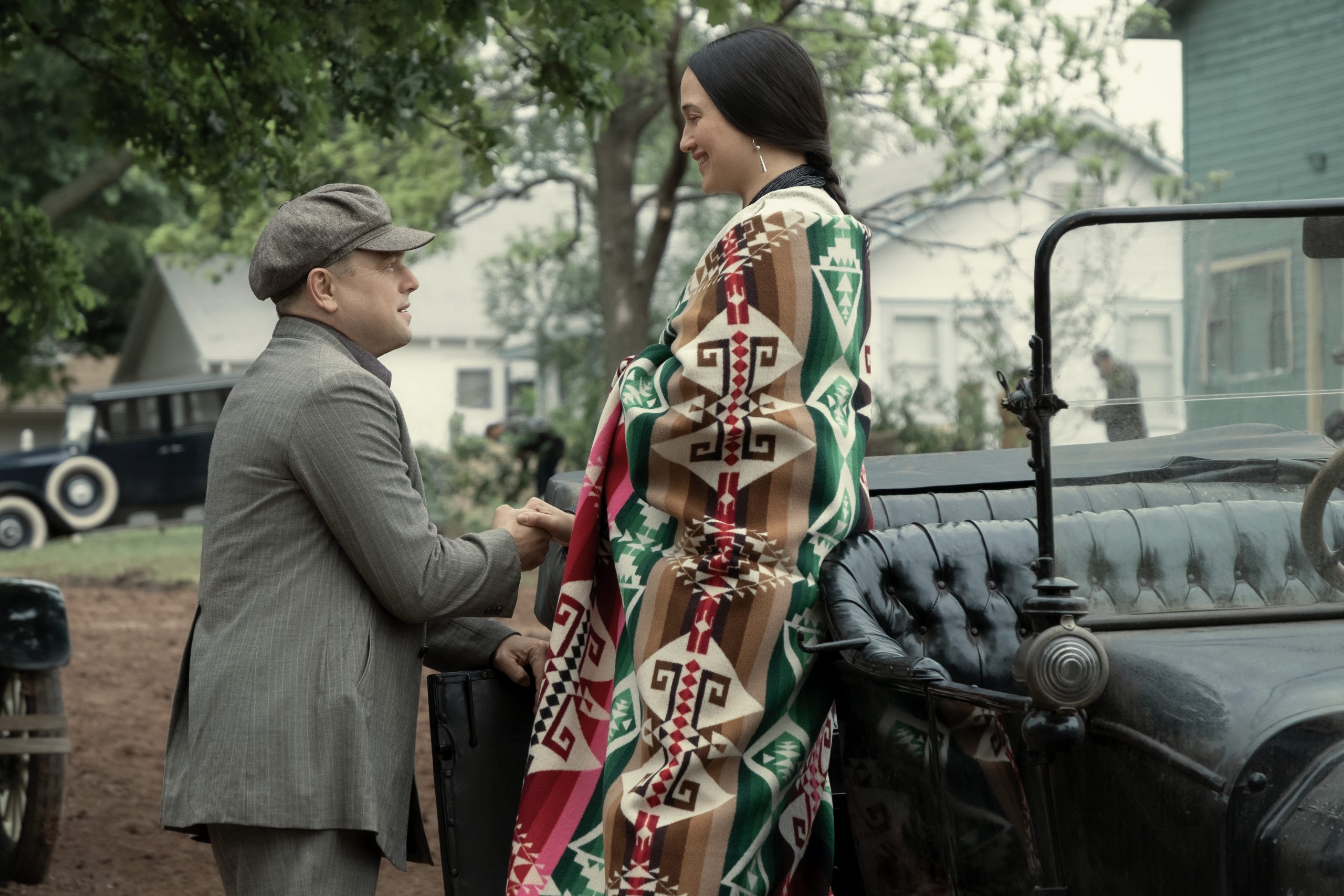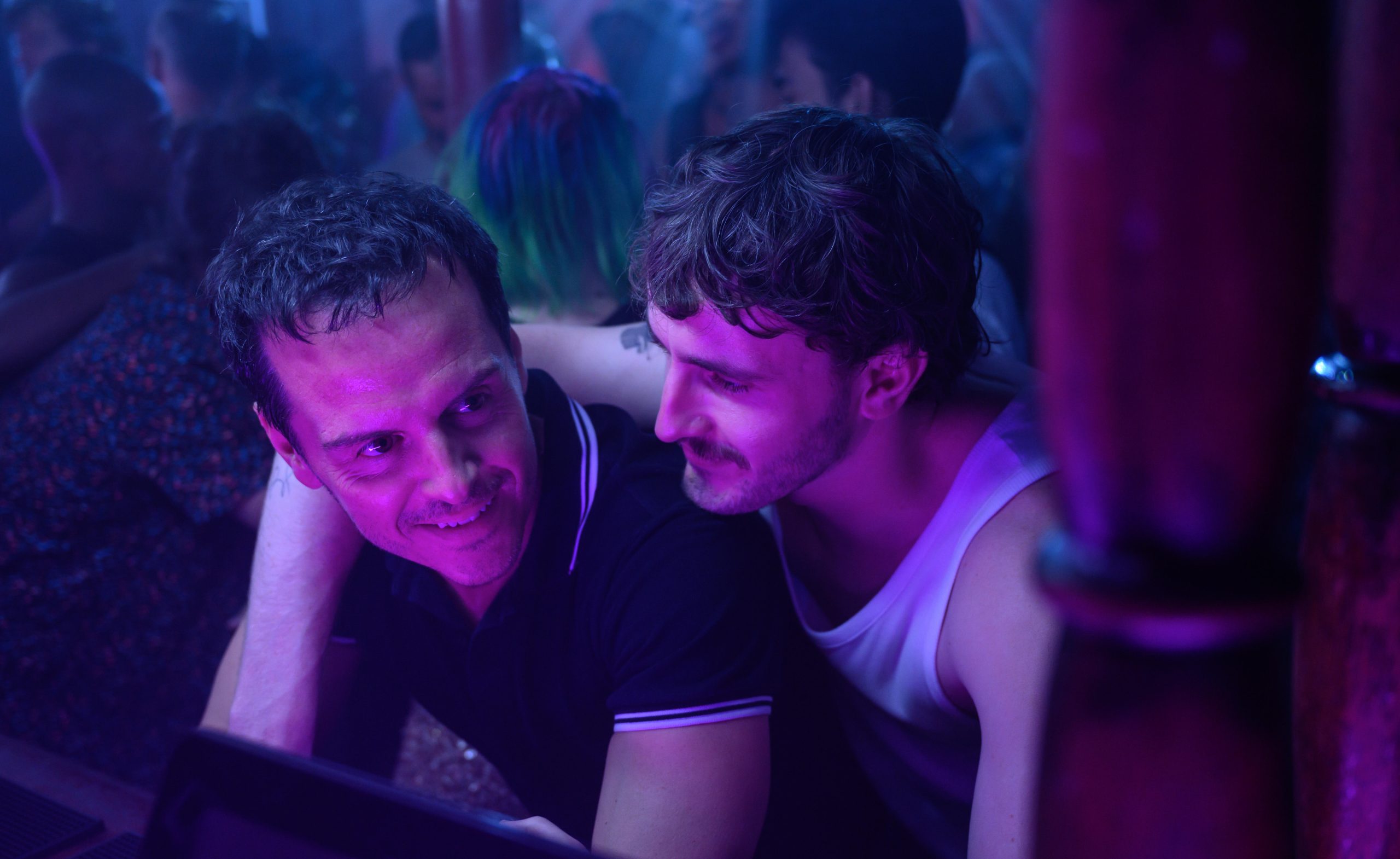
If you really want to see something spectacular this summer, head to Paris and take a trip up the Eiffel Tower. And don’t skimp — shell out those extra Euros and head all the way to the top. It’s worth it. Up there you can see for miles in every direction — just Paris. It’s almost as if the whole world lived there.
Not too far from the tower, lies Paris’ — and arguably the world’s — most famous museum: the Louvre. Originally built as a palace for Philip II in the 12th century, the Louvre was converted into a massive museum in 1796 and now houses nearly 35,000 relics. Paintings hang on hallways that stretch on like football fields before weaving around another corner to a room of statues and tapestries. Work of art upon work of art. It’s almost as if the whole history of Europe is here.
That world, that history, is where Russian filmmaker Aleksandr Sokurov plants his camera to tell the story of Francofonia, a history of sorts of Paris’s Louvre Museum, and the two gentlemen — Louvre director Jacques Jaujard (Louis-Do de Lencquesaing) and Nazi officer Franz Wolff-Metternich (Benjamin Utzerath) — who collaborated to save it from WWII.
Comprised mainly of documentary footage of the Louvre, Francofonia is part history, part fiction and part musing. Sokurov narrates while his camera floats over the rooftops of Paris, down the halls of the Louvre and fluidly through time where the past collides with the present as Sokurov constructs the museum’s narrative by incorporating actors in historical costumes throughout the halls — S.S. Nazi soldiers admire grand works of art, Napoleon (Vincent Nemeth) leads the camera to the painting of his coronation and an Ally soldier chases a girl through the streets of Paris, passing 21st century bicyclists and backpackers.
In these moments, Sokurov voices his commentary on the past, art and the nature of preserving culture. Though his questions hold merit, they also distract. The primary narrative of Jaujard and Wolff-Metternich working together to preserve the Louvre during the Nazi occupation is an important one, and one that Sokurov is clearly fascinated by. But these re-enactments pale in comparison to Sokurov’s stunning photography of the Louvre’s artwork and grand halls.
This is most evident in the archival footage Sokurov includes showing civilians suffering the collateral damage of war. These are not the victims of the front, but those that starved and froze to death in the streets of an occupied city. The camera records their faces, frozen in time, like the portraits that adorn the walls of the Louvre. Sokurov seems conflicted about what is more important: the preservation of timeless works of art, or the health and safety of these nameless faces?
Through the power of the camera, Sokurov finds a way to have both. Though these men, women and children are long gone, their images remain, forever captured on to celluloid. Some are warm and affirming. Others are ghastly and haunting. Both persist. In the grand scheme of things, it’s not much, but it’s something worth fighting for.
On the Bill: Francofonia. May 18–21, The Boedecker Theater, 2590 Walnut St., Boulder, 303-440-7825, thedairy.org



